US Implements Bold New 10% Tariff, Upending Global Trade Norms
- by Washington, John , RNG247
- about 7 months ago
- 102 views
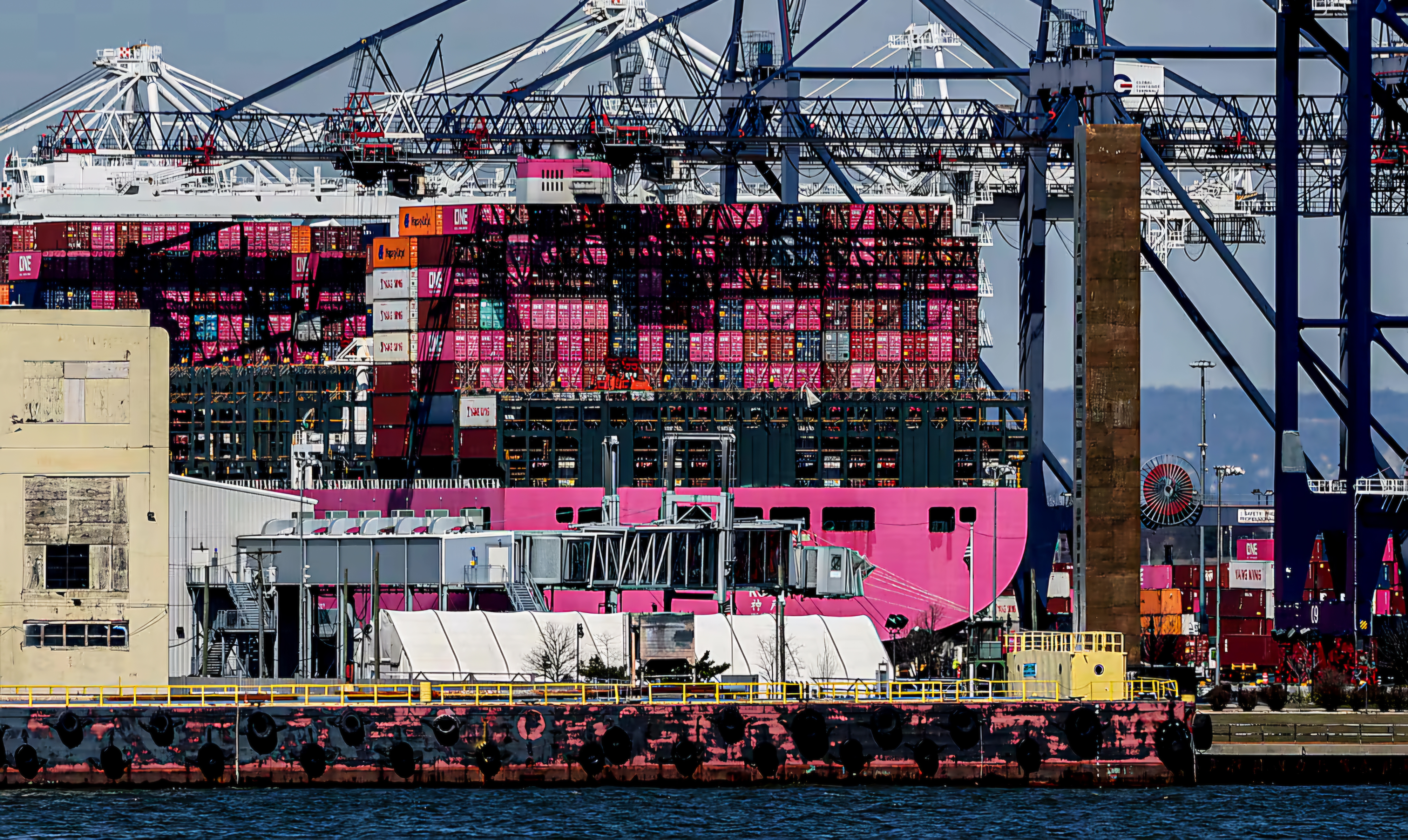
In an unprecedented move, U.S. customs agents commenced the collection of a unilateral 10% tariff on numerous imports starting this past Saturday, marking a significant shift in America's trade policy under President Donald Trump. This initial baseline tariff, which is poised to escalate next week with higher levies on goods from 57 major trading partners, reflects a full-scale rejection of the post-World War II system that relied on mutually agreed-upon tariff rates.
Kelly Ann Shaw, a seasoned trade lawyer with Hogan Lovells and a former trade advisor in Trump's administration, remarked on the magnitude of this tariff initiative at a Brookings Institution event. "This is the single biggest trade action of our lifetime," she declared. Shaw anticipates that the tariffs will evolve as nations negotiate for lower rates. "But this is huge. This is a pretty seismic and significant shift in the way that we trade with every country on earth," she added.
The announcement of these tariffs on Wednesday sent shockwaves through global stock markets, resulting in a staggering $5 trillion loss in market value for S&P 500 companies by the close on Friday—a record decline over just two days. The ripple effects were felt across the commodities market, with oil prices plummeting as investors sought refuge in government bonds.
Among the first countries affected by the 10% tariff are Australia, Britain, Colombia, Argentina, Egypt, and Saudi Arabia. According to a U.S. Customs and Border Protection (CBP) bulletin, there is no grace period for cargoes arriving at U.S. ports after midnight on Saturday. However, shipments that were already in transit before the tariffs took effect will have a 51-day grace period, provided they reach U.S. shores by 12:01 a.m. ET on May 27 to avoid the new duty.
A crucial deadline looms as Trump's higher "reciprocal" tariff rates, which range from 11% to 50%, are set to come into effect at the same hour on Wednesday. Imports from the European Union will face a hefty 20% tariff, while Chinese goods will endure a staggering 34% tariff, culminating in a total of 54% tariffs on imports from China. Meanwhile, Vietnam—benefiting from U.S. supply chain shifts due to the previous trade war with Beijing—will see a 46% tariff imposed and has expressed willingness to negotiate a deal with the Trump administration.
Significantly, Canada and Mexico are exempt from these latest tariffs, as they currently face a 25% tariff related to the ongoing U.S. fentanyl crisis, governed by the U.S.-Mexico-Canada Agreement (USMCA).
Trump's administration is also excluding goods subject to additional 25% national security tariffs, which include steel, aluminum, cars, trucks, and auto parts. Furthermore, a list has been released detailing over 1,000 product categories that are exempt from these tariffs. This list covers a vast $645 billion worth of 2024 imports, including crucial sectors like crude oil, petroleum products, pharmaceuticals, uranium, titanium, lumber, semiconductors, and copper. The administration has indicated that, outside of energy imports, it is reviewing several of these sectors for possible future national security tariffs.
As the world braces for the repercussions of this bold trade policy, experts and economists are left pondering the long-term implications of a unilateral approach to tariffs and its challenges to established international trade norms.








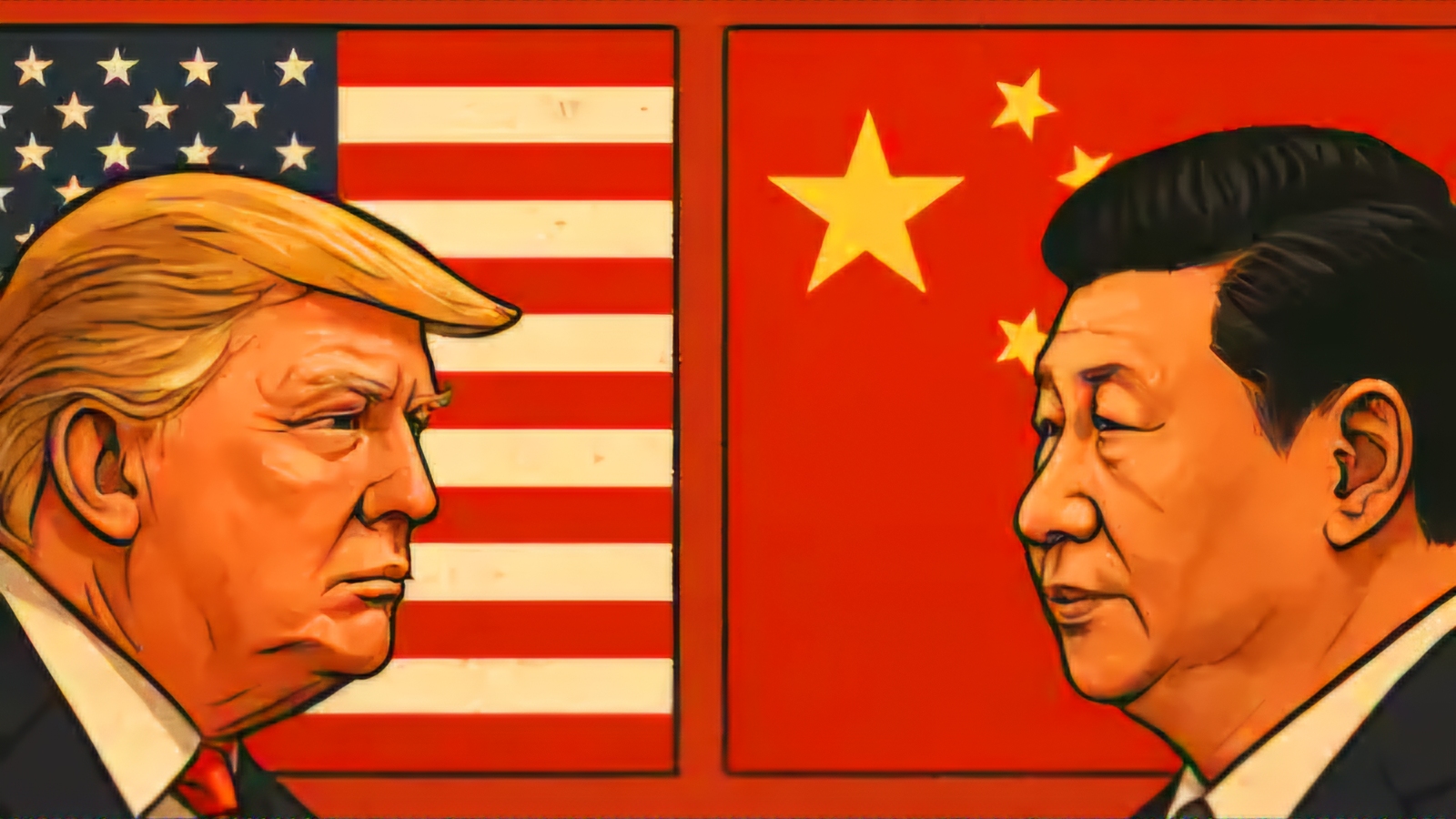
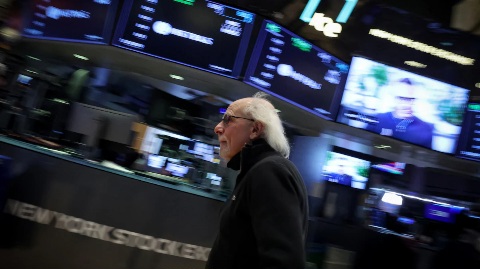
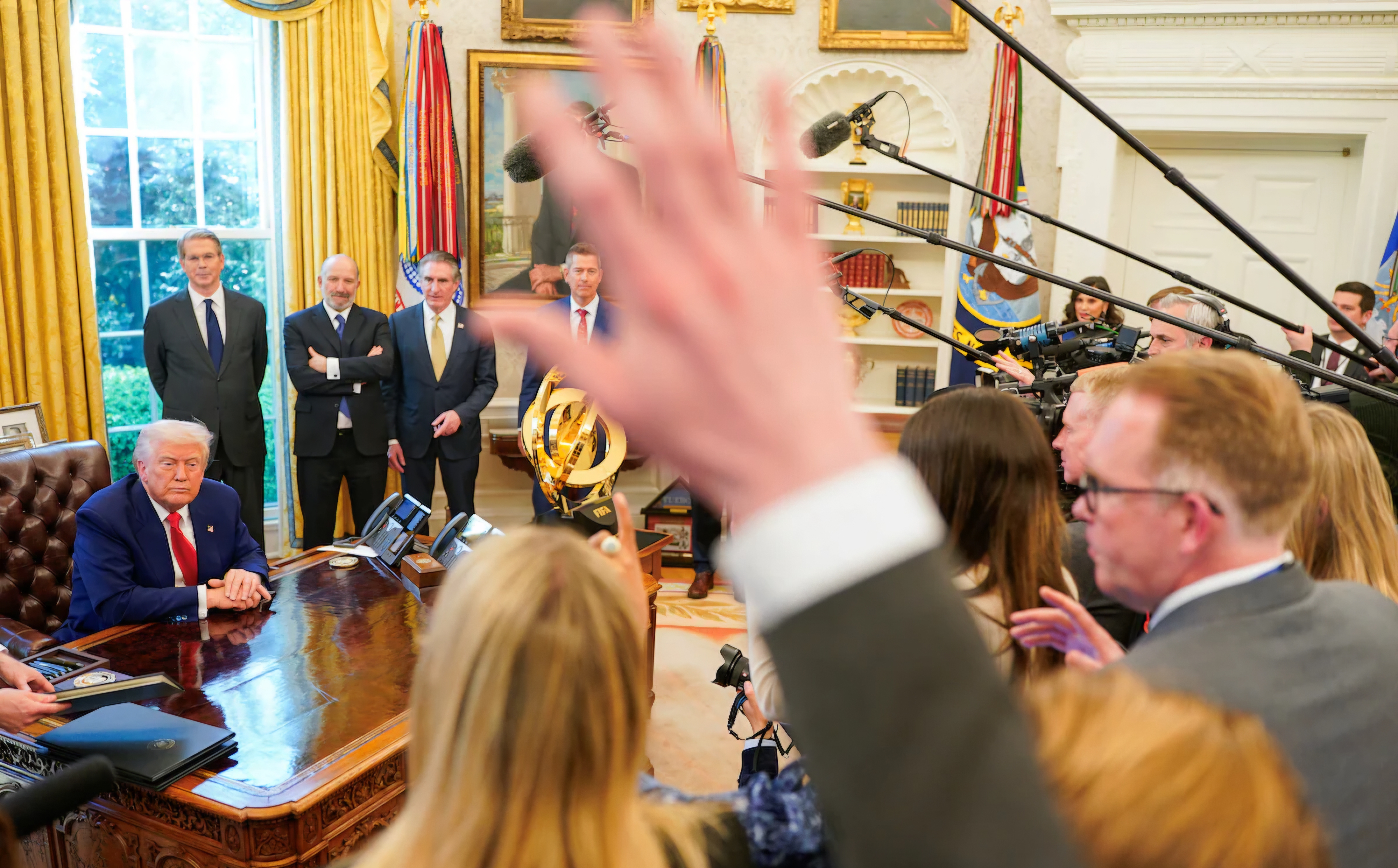
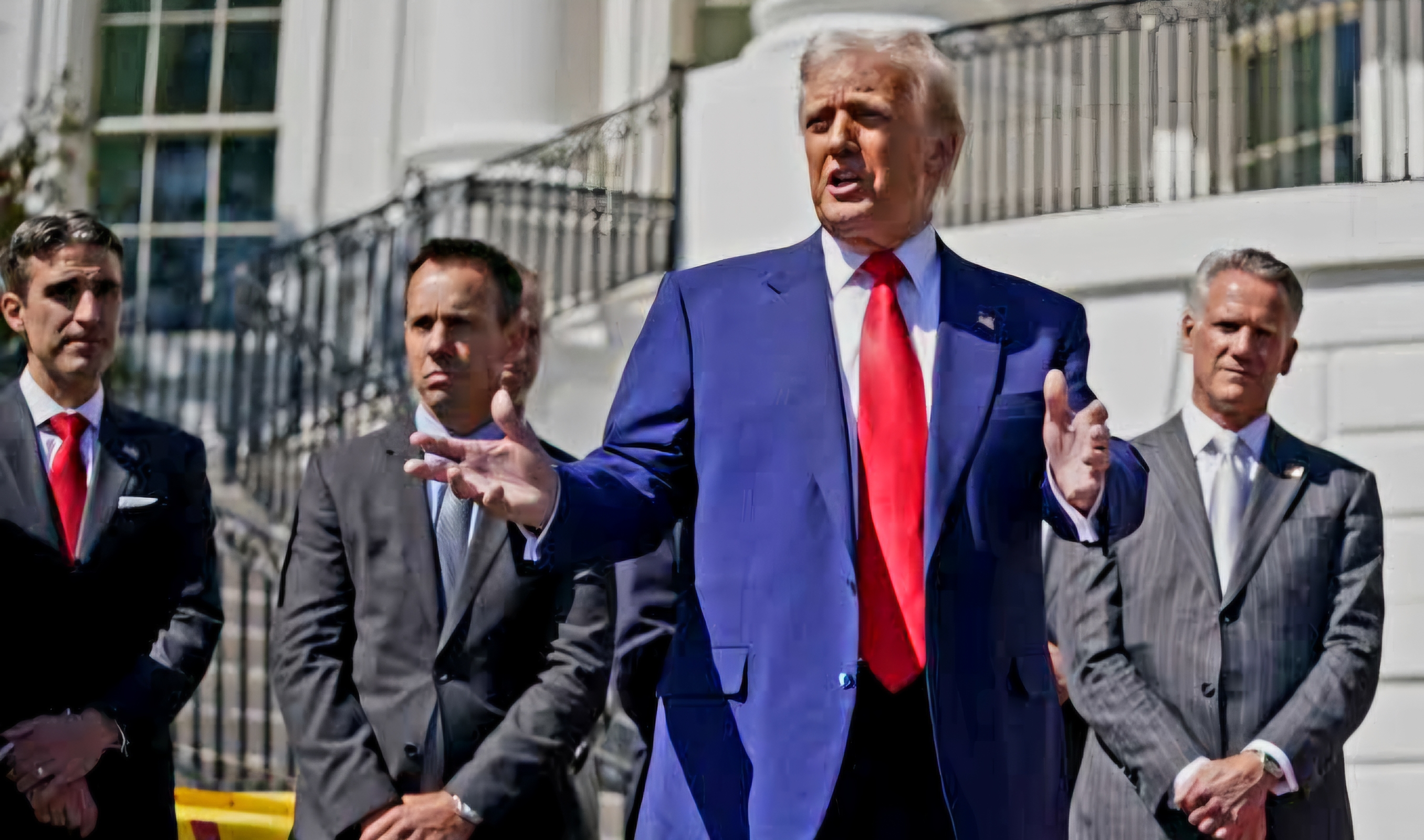
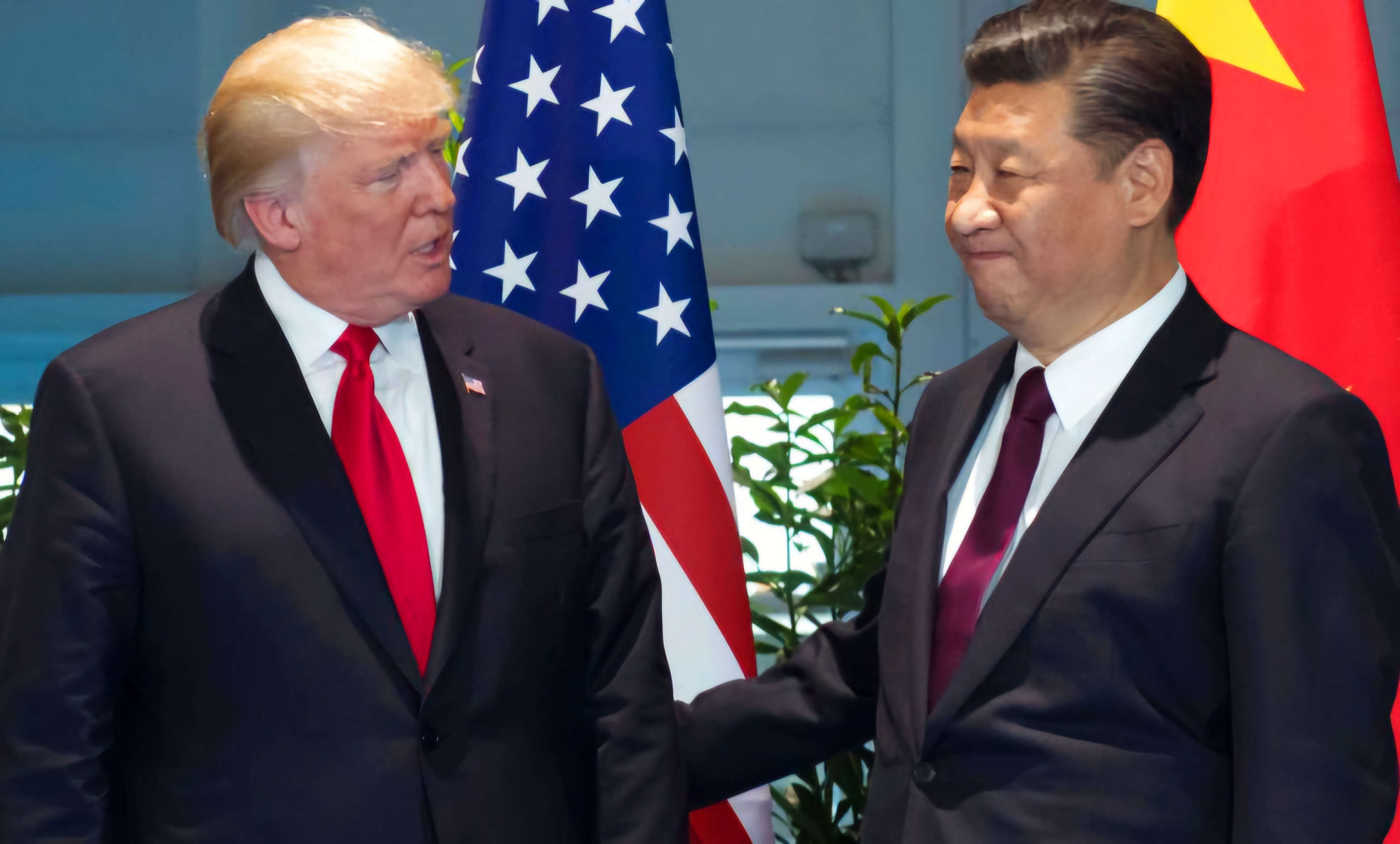
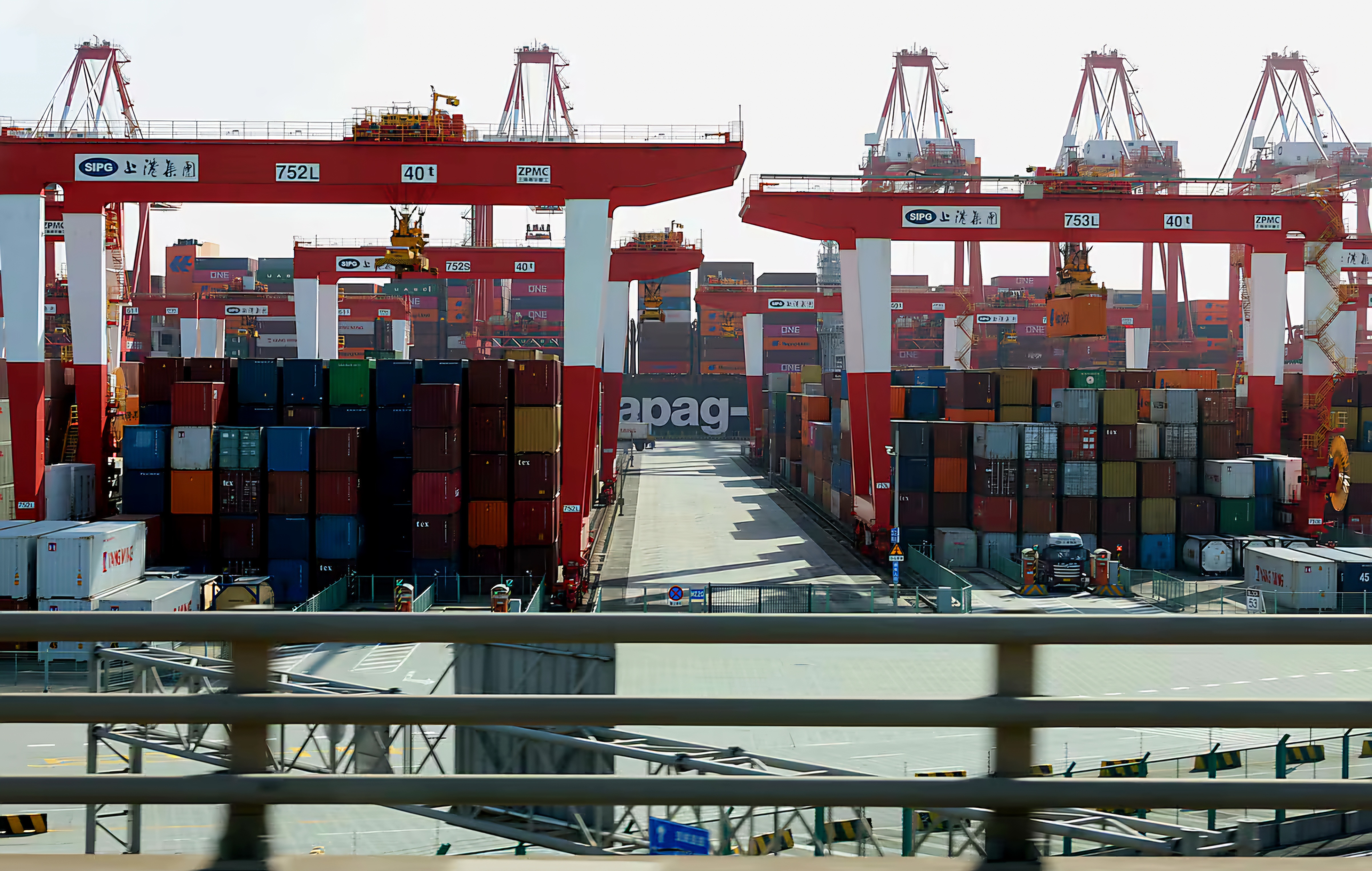
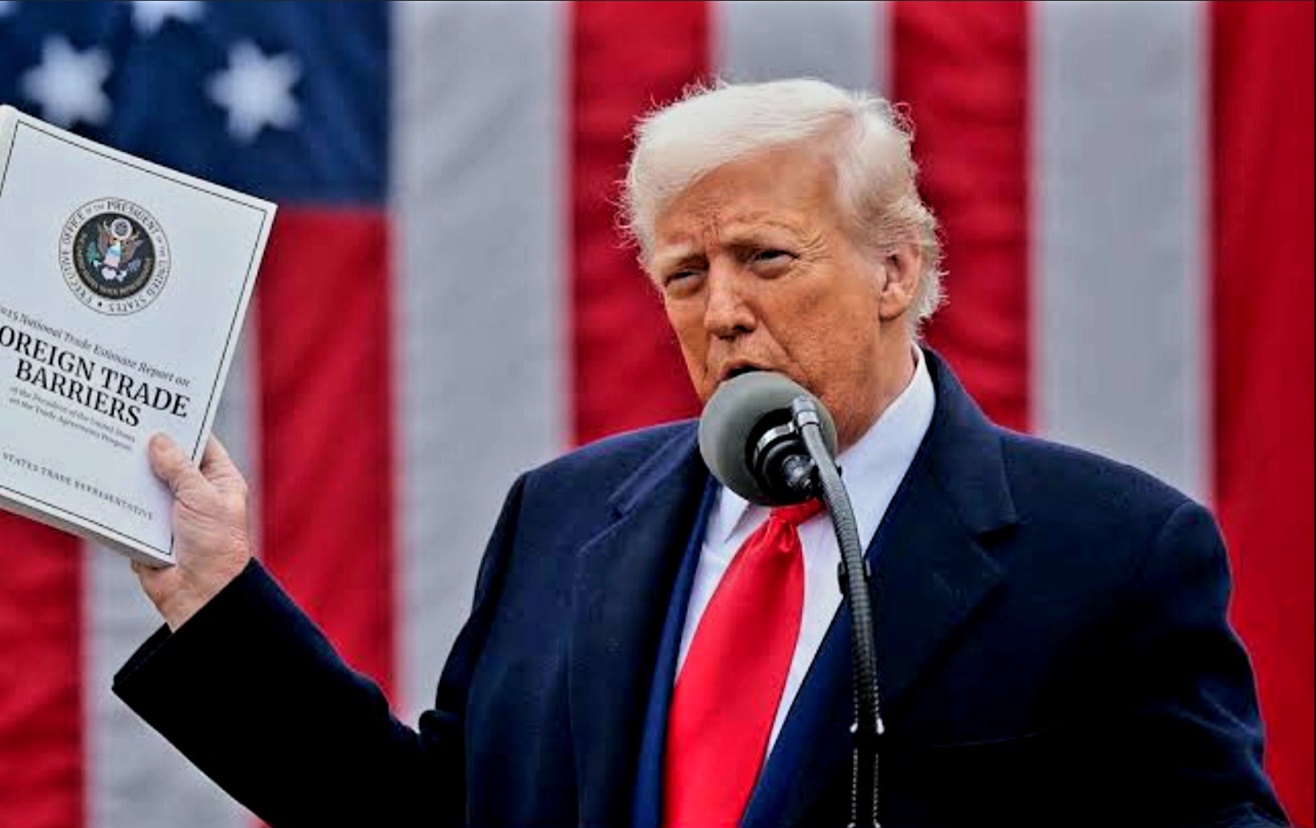

0 Comment(s)